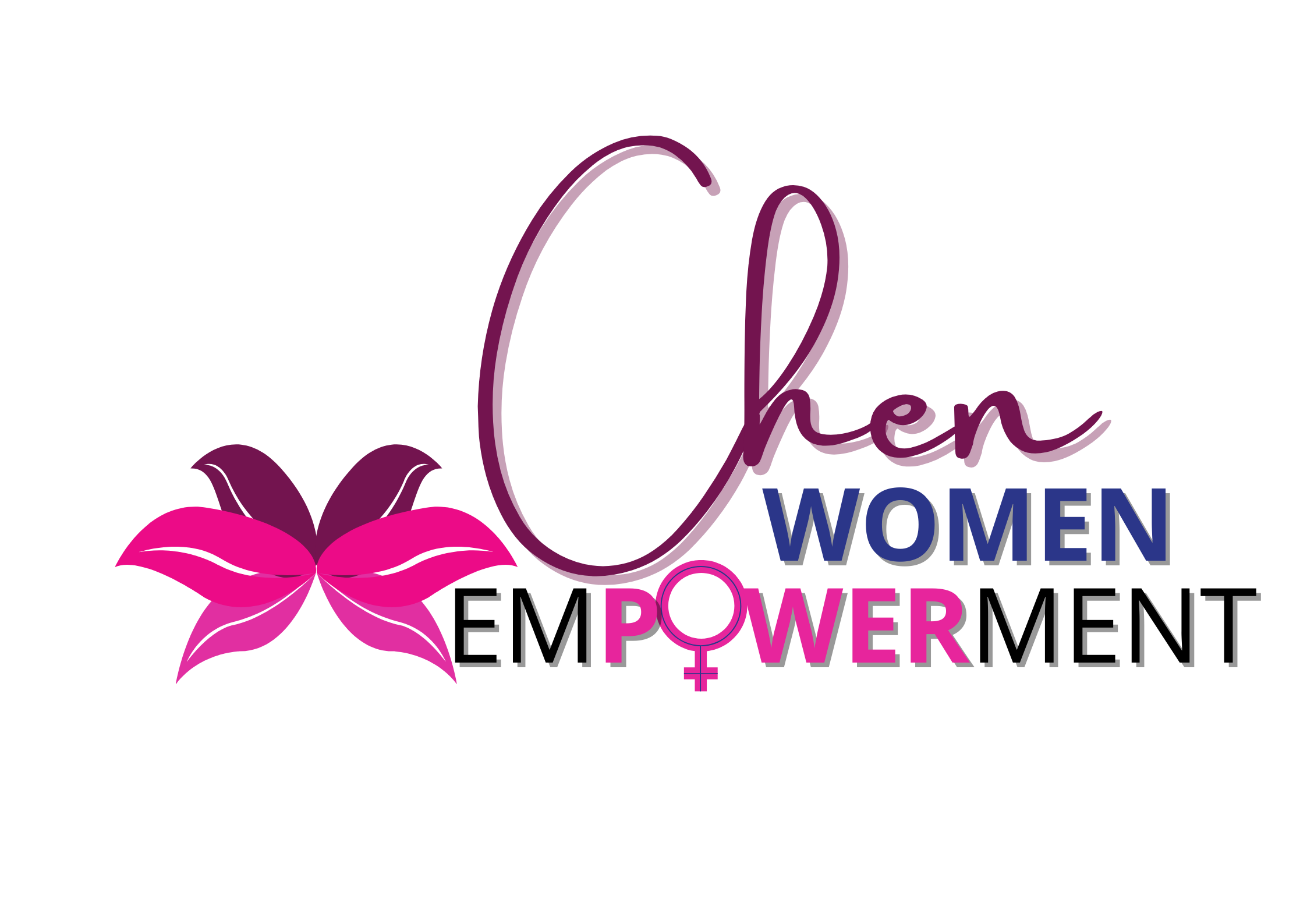
During apartheid
It was in 1954 when the Women’s Charter called for a single society that recognises that “women do not form aety separate from men” and therefore “share in the problems and anxieties of men, and join hands with them to remove social evils and obstacles to progress”.
The charter was adopted a year before the historic Freedom Charter of 1955, and helped to set the tone for today’s democratic order. In 1994 , the charter was further reviewed under the Women’s National Coalition, which adopted the Women’s Charter for Effective Equal rights.
Democratic Breakthrough
Both the 1954 and 1994 Women’s Charters called for a society where women are free from discrimination and prejudice. They called for a society which respects women and enforces their rights and human dignity. Our democratic breakthrough in 1994 represented the start of our journey to an inclusive society that cares for all.
Since 1994 successive democratic administrations have committed to a progressive legislative framework and a human rights agenda that is strongly informed by the principles of gender equality, women’s emancipation and empowerment.
Where we are today
It remains a sad fact that many women are still confined by both their circumstances and the prevailing patriarchy in society. Therefore we must continue to fight the stark gender disparities that are evident across the many areas of national life.
Currently many women still find themselves excluded from the formal economy and in low paying jobs and economic sectors. While those who are lucky enough to find a job never make it to the middle and top management echelons, particularly in the private sector.
